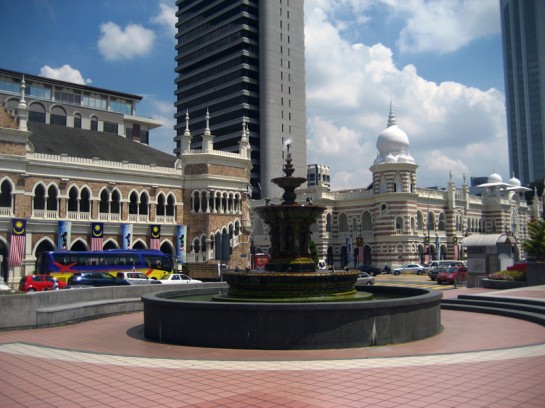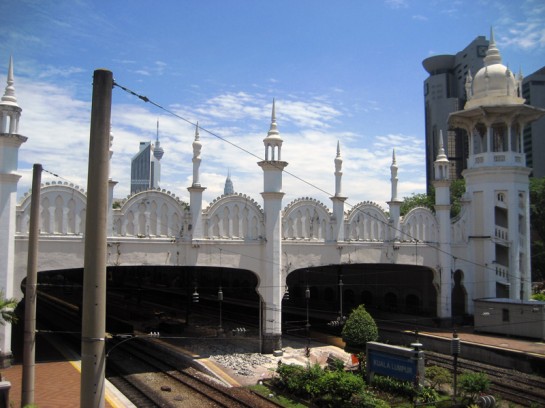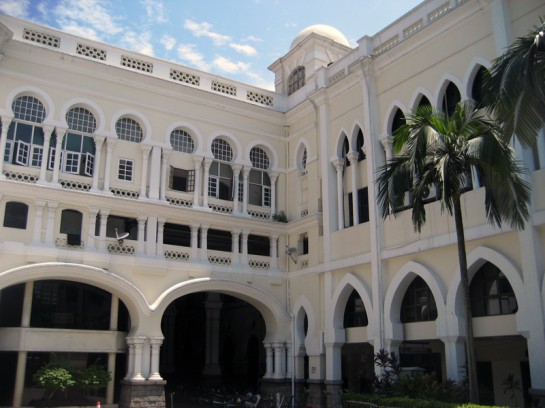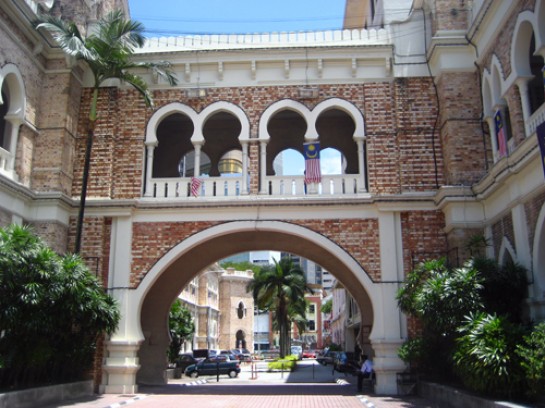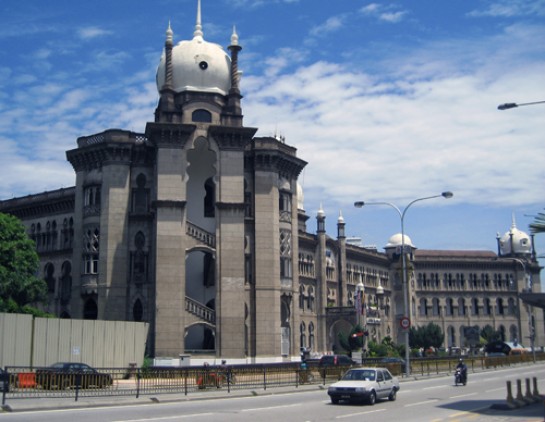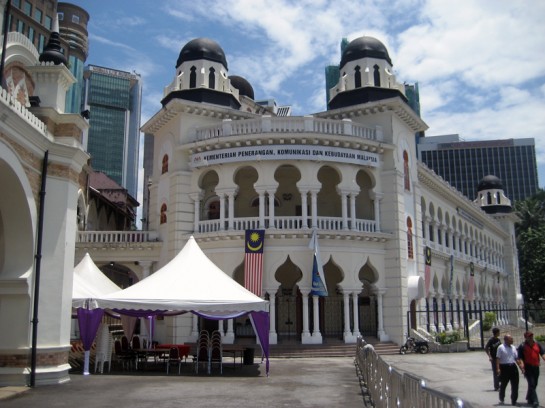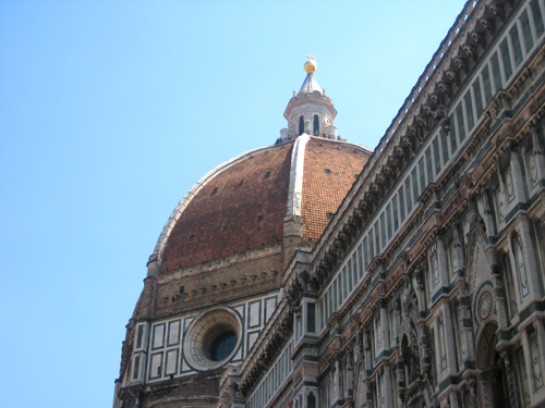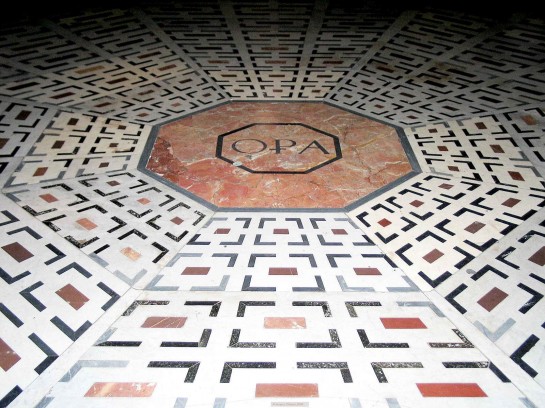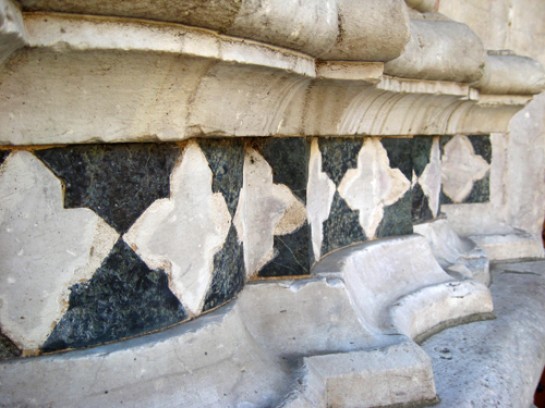
Glorious Islamic Architecture
Culture, Nostalgia, StyleIslamic architecture is ornate, complex and visually stunning in every way. When a structure incorporates a combination of majestic minarets, gold-plated domes and repetitive geometric patterns, the building was likely designed under an Islamic influence. The aforementioned architectural elements (and many more, if you want to get down to the nitty gritty) combine to create an awesome sense of rhythm and harmony throughout Islamic structures.
In case you haven’t noticed, Islamic architecture is incredibly beautiful. The building forms are jaw-droppingly ornate and complex, yet the entire basis of Islamic architecture is derivative of simple geometric forms used in radiating patterns that form a motif.
The abundance of Islamic architectural features in Kuala Lumpur, Malaysia, contributes to an impressive skyline of varying shapes. A great example of traditional Islamic architecture is seen in the Old KL Train Station in Kuala Lumpur. The train station was built in 1911 with a combination of European and Malay architectural styles. It is still functional but is now the secondary train station for the city – a larger, more high-tech station with complex train routes is located a couple of blocks away.
The use of minarets, domes and arches are reminiscent of Islamic architecture, but the yellow stucco facade has a distinctly European feel, especially since it is void of any geometric pattern motifs that typically adorn window and door openings.
Another example of Islamic architecture in Kuala Lumpur is the Sultan Abdul Samad building in Merdeka Square. The rounded windows that meet at a gentle peak, framed in a thick plaster outline, are characteristically Islamic, but also make frequent appearances in Gothic and Arabic architecture. This type of arch is called an “ogee” arch.
The brick facade is uncommon in Islamic architecture – usually brick is covered in plaster for a smoother finish, or the building is constructed out of stone blocks as seen in the photo below.
If Islamic architecture was a character in a movie, it would be the exotic, mysterious and sexy (but not promiscuous) protagonist whose immeasurable amount of swagger and style becomes the envy of all the other characters. Why? Because it’s just so interesting, beautiful and downright impressive… maybe that’s why Islamic architectural features are borrowed in European architecture.
The next time you see a dome on a building, regardless of architectural style, it’s fair to say you can attribute the dome (or cupola) to the architectural legacy developed by Islamic tastes. Remember the dome in one of the photos from the article on Positano? It’s decorated in shimmering mosaic tiles arranged in a geometric pattern… very Islamic in nature.
Still not convinced? Check out the dome built by Brunelleschi in Florence’s main Gothic Cathedral (Cathedral di Santa Maria del Fiore). The Dome was completed in 1436, and was inspired by the dome of the Pantheon in Rome (which was surely inspired by Islamic domes that were popularized in 630-1258).
The geometric shapes made out of coloured pieces of marble on the floor of Florence’s Cathedral di Santa Maria del Fiore become art in themselves.
Everything that has ever been designed has been influenced by previous styles that somehow became global precedents. Even Islamic architecture had a source of inspiration– Byzantine churches and decorative motifs from Central Asia were combined to create the Islamic style. Consider the use of Arabesque art (an artistic motif characterized by repeating geometric forms and ornate patterns) which appears in numerous Muslim buildings all over Europe (where the use of decoration featuring humans or animals is forbidden). There are some Arabesque-like patterns in Romanesque, Renaissance and even Gothic buildings in Europe too, such as the geometric forms that adorn the exterior of the Cathedral in Siena, Italy shown in the photo below. The strong use of contrast and repeated shapes are reminiscent of Islamic architectural details.
All artistic ideas and creative concepts have been borrowed and reconstituted over the years to form the many architectural styles we recognize today.





